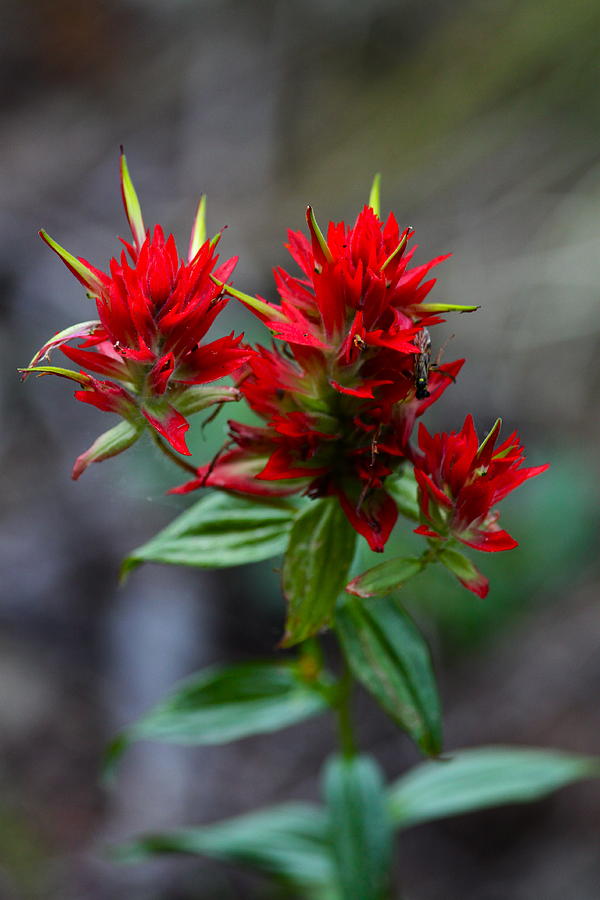

The populations have declined substantially since then and will likely remain in low numbers.Ĭlemants, Steven and Carol Gracie. This species was most common in New York from the 1880s through the 1920s when there was much more open prairie-like habitat that has since regrown to forest or has been developed and farmed. The three smaller sites have not been resurveyed and their status is unknown. Short-term TrendsĪt the two large sites in the state the plants are remaining stable. There are 20-30 historical occurrences mostly from the 1880s through the 1920s. There are two large and three small populations and all of them are threatened in the long term by invasive species and habitat succession. Even though it may be difficult to grow because of its need for certain host plants the seeds are available through various wildflower nurseries. The moving around does not stop there as the genus Castilleja has recently been transferred with other hemiparasitic members of the family Scrophulariaceae into the family Orobanchaceae. The genus Castilleja was named for Domingo Castillejo, Spanish botanist and Professor of Botany in Cadiz, Spain, in 1782 by Jose Celestino Mutis in Linnaeus' son's book Supplementum Plantarum.

It was later transferred to the genus Euchroma in 1818 and finally to the genus Castilleja in 1825. Madeleine P.Castilleja coccinea was first described as a new species in 1737 by Linnaeus who placed it in the genus Bartsia. Mason School of Business’s Master of Accounting Program You can highlight additional information here or add more related links. Print.Ĭlick here to go back to ES 203 Home Page. Springfield, IL: Authority of the State of Illinois, 1951. Its roots will attach to and absorb some nutrients and water from the roots of certain other plants.

The plant is also called the scarlet painted cup. Named after Domingo Castillejo, a Spanish botanist.Pollinators:This Missouri native It is primarily pollinated by ruby-throated hummingbirds who can transfer the pollen long distances between typically small and scattered populations of this plant. This plant was also used as a secret love charm in food and as a poison, “to destroy your enemies.” Nevada Indian tribes used the plant to treat sexually transmitted diseases and to enhance the immune system.
#Red indian paintbrush full#
Humans: The flowers of Indian paintbrush are edible, and were consumed in moderation by various Native American tribes as a condiment with other fresh greens. The Obijwe used a hairwash made from Indian paintbrush to make their hair glossy and full bodied, and as a treatment for rheumatism. The high selenium content of this plant has been cited as the reason for its effectiveness for these purposes.
#Red indian paintbrush free#
If you have any information regarding this, feel free to contact Kassandra Morfin at with other species No definite examples of extreme importance to the ecosystem have been found for this species. Orange - Present historically, now extirpated. Light green - Present in county, native in state. The showiness of the plant comes from the brightly-colored, leafy bract that grows under each flower.ĭistribution range: In the sandy country of Illinois, the Indian Paintbrush thrives, but is not common. They are common in mesic, dry, and sandy prairies, usually in areas that have some seepage during the spring found through tallgrass region from western Minnesota and eastern Kansas eastward. The 3-lobed, scarlet-tipped bracts that all but hide the small 2-lipped greenish-yellowish flowers and their protruding pistils. The stem can grow up to 2′ tall, but usually no more than 12″-20″ high.įlower | Seeds: The flowers are at the top of the plant in a dense spike which elongates as the season progresses.

The slender, erect, and unbranched stem is hairy, with clustering light green root leaves. Leaf | Stem: The spikey leaves are alternate, yellow to bright orange, and usually divided into 3 narrow, widely spread lobes. Photo courtesy of Dr Thomas G Barnes, U.S. The Indian paintbrush of the West was first seen by the earliest Spanish explorers and adventurers who penetrated that wild and unknown wilderness of sage and rocks and rattlesnakes in search of the fabled Seven Cities of Cibola.


 0 kommentar(er)
0 kommentar(er)
